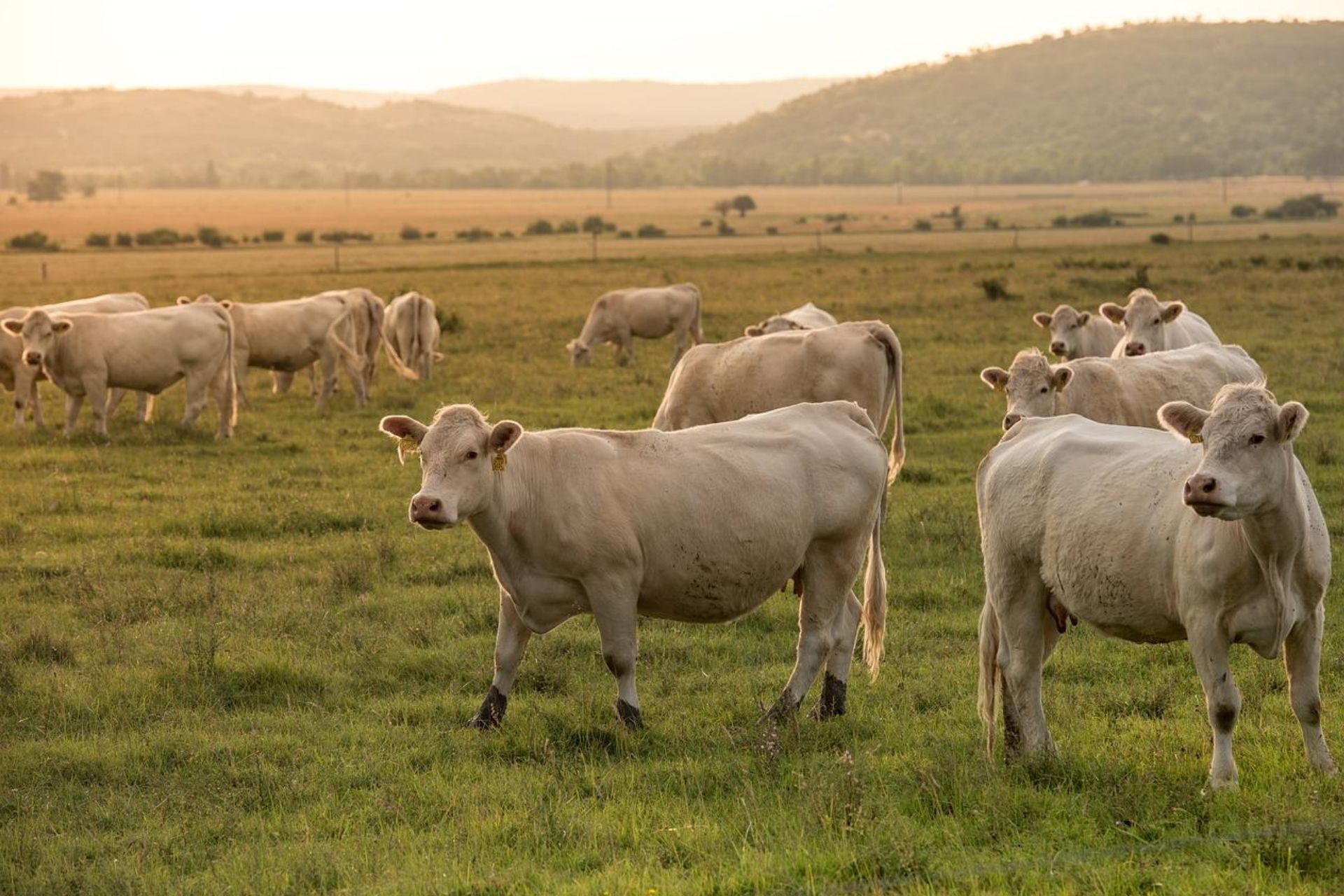
Sustainable Animal Agriculture
We are reader-supported. When you buy through links on our site, we may earn affiliate commission.
Farmers are meeting global sustainability goals by reducing agricultural production pollution. Over three-fourths of global society consumes meat regularly, contributing to their carbon footprints. Environmentalists recognize the challenge of meat production and search for sustainability-enhancing practices.
There are four conservation measures farmers can take to reduce ecological degradation. Reducing animal agriculture pollution can improve global nutrition, biodiversity conservation and atmospheric preservation. Before exploring green farming practices, individuals must evaluate sustainable animal agriculture independently.
What is Sustainable Animal Agriculture?
Sustainable agriculture signifies food production without compromising future generations’ well-being. Workers ensure healthy environments, profitability and social equality on sustainable farms. Eco-conscious farmers also target pollution to grow low-impact food.
In America, the agricultural sector produces nearly 11% of greenhouse gas emissions. Sustainable farms have smaller carbon footprints than conventional agricultural areas. Animal agriculture is a sector of farming producing high levels of pollution.
Sustainable animal agriculture works to reduce emissions and natural resource exploitation. It also ensures the health and wellbeing of livestock. Eco-conscious farmers focus on four areas when practicing sustainable animal agriculture.
Choose Regionally Compatible Animals
The first sustainable animal agriculture feature is region compatibility. Some farm animals require specific climate conditions throughout their growth processes. Farmers can minimize natural resource exploitation by raising animals compatible with their areas’ natural conditions.
They may also reduce animals’ adverse health conditions and improve their well-being when raising them in their natural habitats. Sustainable farmers often grow sheep in arid climates. Sheep can reach sexual maturity quickly with fewer resources in less humid regions.
Cattle are compatible with cooler regions like northern parts of the U.S. They thrive in climates between 25°F and 65°F because warmer temperatures increase their risk of disease. When farmers raise cattle in southern countries, they often emit carbon dioxide by powering outdoor fans and indoor air conditioners.
Unlike cattle, chickens are most compatible with warmer climates. Chickens are susceptible to frostbite, which minimizes their health and safety in cold regions. Placing animals in adequate living conditions can improve agricultural production without degrading the environment.
Grow Livestock Feed with Permaculture
Another significant area of animal agriculture is feed production. Nearly 29% of freshwater exploitation occurs in livestock farming. Most of the industry’s water use comes from feed farming.
Farmers can reduce water waste and minimize soil erosion by using permaculture practices. Permaculture is a sustainable farming practice, which relies on mutually beneficial crop growth. Workers consciously place low-light plants under light-intensive crops to reduce watering demands.
Permaculture farms are self-sustaining and support large crop yields. Agricultural professionals can improve livestock production with abundant quantities of food. They may also limit pollution coming from livestock diets with methane-reduction supplements.
Use Methane-Reduction Supplements
Cattle are the leading cause of methane emissions around the world. Methane is about 25 times more potent than carbon dioxide. It traps more heat in the atmosphere and raises the global temperature.
Environmental researchers discovered seaweed can reduce cattle’s methane production. A cow’s stomach produces methane from a fermentation reaction. During digestion, they minimize discomfort by belching out the greenhouse gas.
Seaweed reduces fermentation effects, so farmers added it to their cattle’s feed. They found methane production decreased by nearly 80% when they replaced 3% of the feed with seaweed. Seaweed is a renewable resource, which increases its sustainability.
Eliminating methane emissions directly reduces the enhanced greenhouse effect. Sustainable farmers can minimize climate change by feeding their cattle seaweed or installing emission capturing devices. Minimizing resource exploitation also improves environmental conditions.
Source Recycled Water
The final component of sustainable animal agriculture is water reclamation. Eco-conscious farmers often source their water from rainwater harvesting systems. Livestock consume significant amounts of water and conservation is essential.
Rainwater harvesting systems preserve freshwater supplies by recycling stormwater. The systems first catch rainwater and snowmelt in collection barrels. Then they pump water directly to irrigation systems or filters.
Farmers can use stormwater to hydrate their livestock after moving it through a filter. They may also wash animals, clean pins and grow feed with recycled water. Reducing a farm’s reliance on freshwater significantly increases its sustainability.
Water scarcity is a crucial issue throughout the world. Climate change is increasing the evaporation rate and minimizing regions’ freshwater supplies. Farmers can conserve the global supply by reusing stormwater.
Benefits of Sustainable Animal Agriculture
Sustainable animal agriculture has many environmental and economic benefits. The most significant advantage of eco-conscious farming is reducing global hunger. Maintaining efficient crop yields can increase food supplies.
Another significant advantage of sustainable farming is ecosystem conservation. Reducing stormwater runoff, methane emissions, food waste and other adverse ecological effects can improve the global ecosystem. Preventing environmentally degrading pollution also preserves natural resources for future generations.
Share on
Like what you read? Join other Environment.co readers!
Get the latest updates on our planet by subscribing to the Environment.co newsletter!
About the author

Jane Marsh
Starting from an early age, Jane Marsh loved all animals and became a budding environmentalist. Now, Jane works as the Editor-in-Chief of Environment.co where she covers topics related to climate policy, renewable energy, the food industry, and more.





